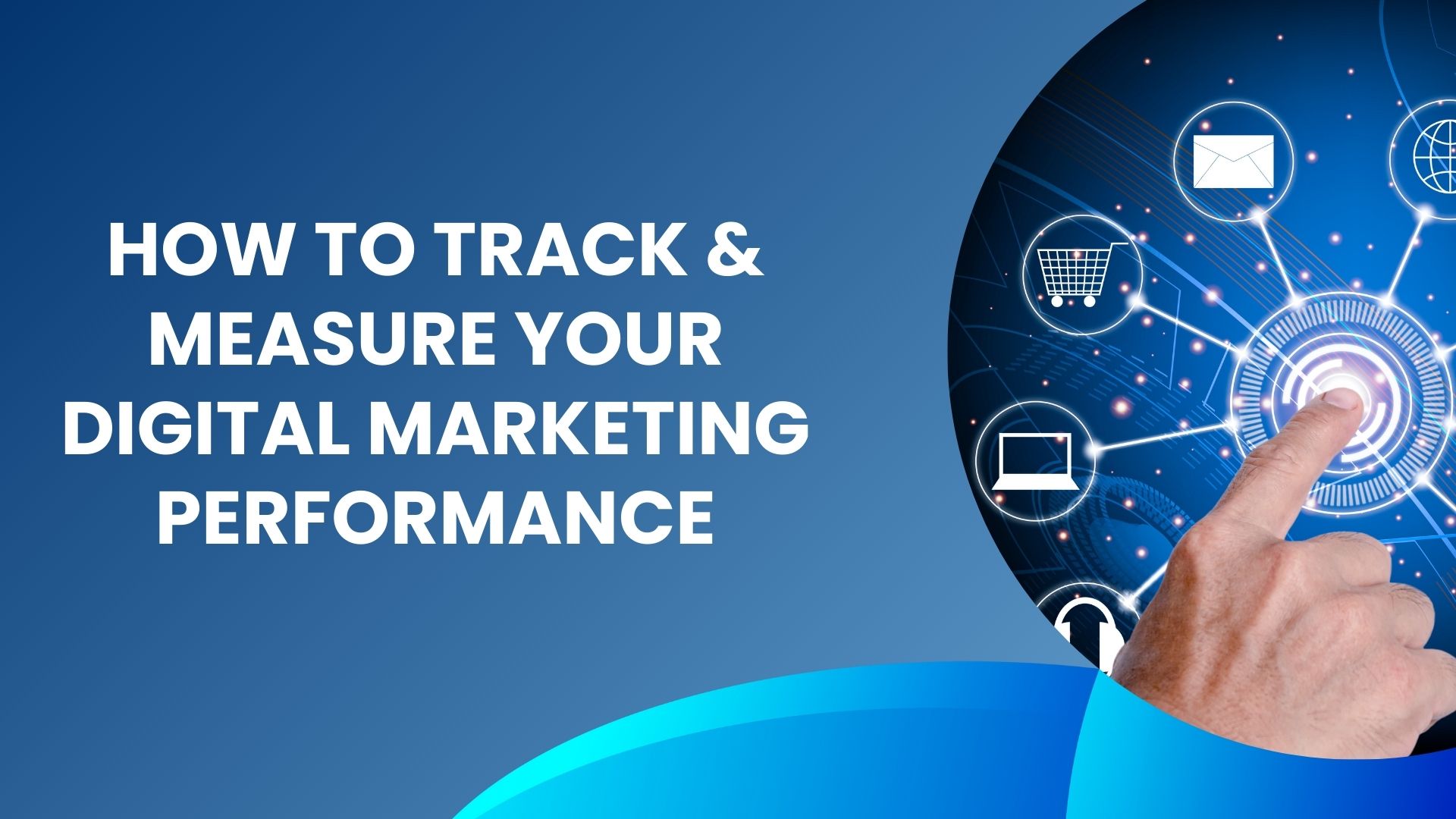In today’s digital landscape, businesses invest heavily in digital marketing to increase brand visibility, attract customers, and drive sales. However, to maximize returns and optimize strategies, tracking and measuring digital marketing performance is essential. This article provides a comprehensive guide on how to track and measure your digital marketing performance effectively.
Why Tracking Digital Marketing Performance Matters
Tracking your digital marketing performance allows you to:
- Evaluate the success of your campaigns
- Optimize marketing strategies based on data insights
- Identify high-performing channels
- Improve return on investment (ROI)
- Understand customer behavior and preferences
Key Metrics to Track in Digital Marketing
Website Traffic
Website traffic is a primary indicator of digital marketing success. It includes:
- Total visits: The number of people visiting your website.
- Unique visitors: First-time visitors to your site.
- Traffic sources: Where your visitors come from (organic search, social media, paid ads, etc.).
- Bounce rate: The percentage of visitors who leave after viewing only one page.
Conversion Rates
A conversion occurs when a visitor completes a desired action, such as:
- Subscribing to a newsletter
- Making a purchase
- Filling out a contact form Tracking conversion rates helps assess the effectiveness of your digital marketing efforts.
Return on Investment (ROI)
ROI measures the profitability of your marketing campaigns. It is calculated as: A positive ROI indicates that your campaigns are generating more revenue than they cost.
Social Media Engagement
For businesses leveraging social media, key engagement metrics include:
- Likes, shares, and comments
- Follower growth rate
- Click-through rates on social posts
- Impressions and reach These metrics provide insights into brand awareness and audience interaction.
Email Marketing Performance
Key email marketing metrics include:
- Open rate: The percentage of recipients who open your emails.
- Click-through rate (CTR): The percentage of recipients who click on a link in your email.
- Unsubscribe rate: The percentage of users who opt out of your mailing list.
Pay-Per-Click (PPC) Performance
For paid advertising campaigns, important metrics include:
- Cost-per-click (CPC): The amount paid for each ad click.
- Click-through rate (CTR): The ratio of ad clicks to impressions.
- Quality Score: A rating given by Google Ads based on ad relevance and landing page experience.
- Conversion rate: The percentage of users who take action after clicking your ad.
Customer Lifetime Value (CLV)
CLV estimates the total revenue a business can expect from a customer over their lifetime. It helps in understanding customer retention and acquisition strategies.
Tools to Track Digital Marketing Performance
Google Analytics
Google Analytics provides in-depth insights into website traffic, visitor behavior, and conversion tracking.
Google Search Console
This tool helps track organic search performance, keyword rankings, and website indexing issues.
Social Media Analytics Tools
- Facebook Insights: Measures engagement, reach, and audience demographics.
- Instagram Insights: Provides data on impressions, reach, and interactions.
- LinkedIn Analytics: Tracks engagement and follower growth.
Email Marketing Tools
Platforms like Mailchimp, HubSpot, and Constant Contact provide analytics on email campaign performance.
PPC and Ad Performance Tools
Google Ads and Facebook Ads Manager offer detailed reports on ad impressions, clicks, and conversions.
Customer Relationship Management (CRM) Software
CRM tools like Salesforce and HubSpot help track leads, customer interactions, and sales performance.
Best Practices for Tracking Digital Marketing Performance
Set Clear Goals and KPIs
Define specific, measurable, achievable, relevant, and time-bound (SMART) goals for each campaign.
Use UTM Parameters
UTM parameters help track the performance of marketing campaigns by adding unique tags to URLs.
Regularly Analyze Data
Schedule periodic performance reviews to assess what’s working and where improvements are needed.
Optimize Based on Insights
Use data insights to tweak ad creatives, content strategy, and targeting methods.
A/B Testing
Conduct A/B testing to compare different versions of ads, emails, or landing pages to determine which performs better.
Conclusion
Tracking and measuring digital marketing performance is crucial for achieving business goals and maximizing ROI. By leveraging the right metrics and tools, businesses can gain valuable insights, refine strategies, and drive better results. Implementing a data-driven approach ensures continuous improvement and long-term success in the digital marketing landscape.
